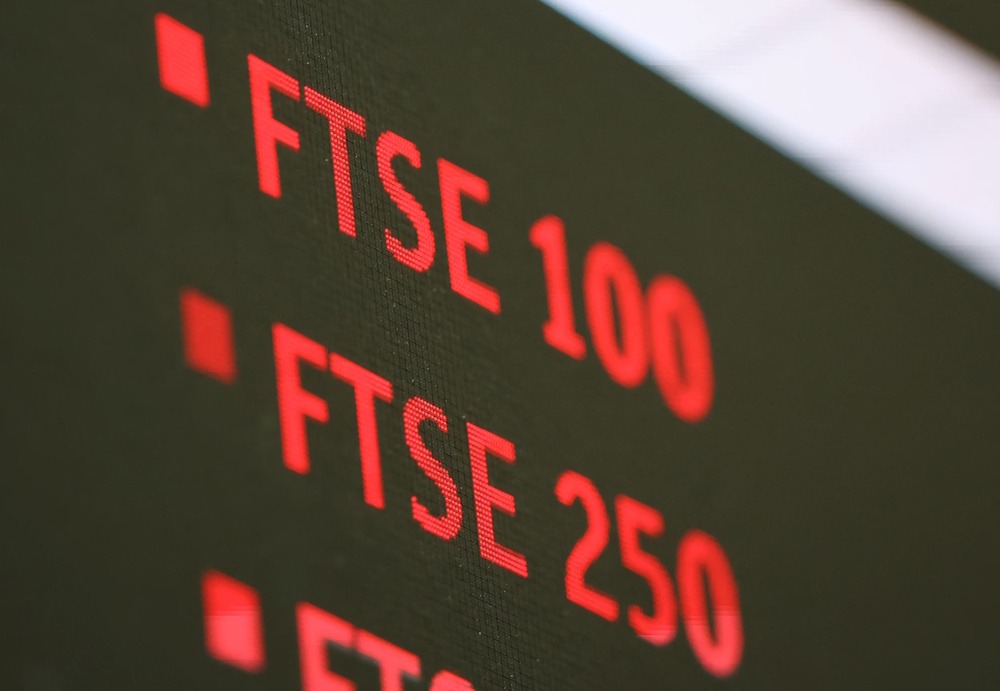
London equities has emerged as a prominent contrarian trade, following a recent survey that indicated a record number of fund managers are underweight in the British market. Numerous factors suggest that UK equities may surpass their U.S. counterparts in 2026 and possibly for the following decade – and this optimism is not solely based on Britain’s attractive valuations.
The conventional bullish argument for UK equities highlights the market’s comparatively low valuation. The FTSE 350 is currently valued at a 42% discount compared to the S&P 500, based on 12-month forward P/E ratios. This overlooks the significant influence of technology stocks in the U.S., which skews index valuations. However, even when accounting for variations in sector weights, the UK market continues to trade at approximately a 30% discount to the S&P 500. This represents nearly the most significant discount observed in three decades. Nonetheless, the possibility of this valuation discount narrowing is not the sole factor that could lead to UK stocks outperforming in 2026 and beyond. Earnings growth is expected to be stronger in this region.
One of my preferred methodologies for forecasting earnings growth is the ‘building block’ approach, where sales growth is estimated based on projected nominal GDP growth and inflation in the regions where companies offer their goods and services. Firms within the FTSE 350, for instance, derive 24% of their revenues from the U.S., 26% from the UK, 20% from Europe excluding the UK, and 30% from other global markets. Calculating the figures yields an estimated sales growth of 4.6% for the FTSE 350 in 2026, which combines real GDP growth with inflation, in contrast to 4.4% for the S&P 500 and 4.2% for the Stoxx Europe.
The consensus estimates for margin expansion and share buybacks yield an EPS growth estimate of 7.4% for the FTSE 350, compared to 7.0% for the S&P 500 and 6.6% for the Stoxx Europe. This indicates that, even in the absence of a narrowing in the UK-U.S. equity valuation discount, the UK market may still achieve an outperformance of 0.4% or greater by 2026. Moreover, this analysis does not take into consideration the 3.4% dividend yield in the UK, in contrast to the 1.2% observed in the U.S.
